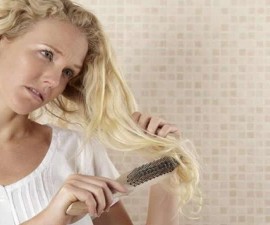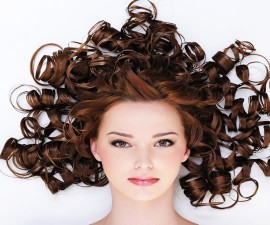Rogaine, or also often called minoxidil (the generic name), is one of common treatment options for hair loss. It is a topical treatment, which means it is not taken orally. To use it, you usually just apply it topically on the area where hair growth is expected. It has been approved by FDA. But does it also work for black women?
Understanding minoxidil in general
Minoxidil is available in two options; 5% minoxidil foam and 2% minoxidil topical solution. Both are used to help treat hair loss and stimulate hair growth, especially for female and male pattern baldness (medically called androgenetic alopecia, a hereditary pattern hair loss).
Before minoxidil is now used for hair loss treatment, it has a different history. It was used for treating hypertension (high blood pressure). But many people who took it for hypertension had a unique side effect, increased new hair growth on their scalp.
At first, many of these patients were happily surprised with their new hair growth, especially those with balding or thinning hair. But it also caused hair growth in other areas where hair growth was not expected such as chest, arms, legs, and even backs.
But researchers successfully changed a problem for another solution. They quickly jumped on this hair growth side effect and made a topical treatment with minoxidil (such as in lotion) that could be applied on the scalp for hair growth without affected other areas of the body.
However again, the answer of how minoxidil works for treating hair loss still remains puzzling!
In many cases of male pattern baldness, DHT (an androgen (male hormone)) can significantly affect the growth of hair follicles. It can shrink hair follicles, and make them have a shorter growing phase. And experts blame DHT for the most responsible answer of male pattern baldness, though ‘not’ in all cases.
But interestingly, the role of DHT in female pattern hair loss has not been confirmed. Even some experts believe that DHT has nothing to do with pattern hair loss in women.
Several years ago, it was thought that minoxidil had an effect on controlling DHT. But today, it’s clear that this treatment doesn’t target DHT.
As mentioned before, it is a kind of vasodilator – it can help in large blood vessels. But so far, there is no adequate evidence to confirm the link between vasodilator and hair growth stimulation.
Does it work for other types of hair loss? Again, it is commonly used for hereditary pattern hair loss both in men and women. But it’s not too recommended for receding hairline, an early sign of male pattern baldness.
It is also not recommended for patchy /sudden hair loss, hair loss after pregnancy, or hair loss without known reason. It should also not be used for too young adults (younger than 18).
Does minoxidil for black women really work?
Most women (including black women) with pattern hair loss are not able to take hair transplant that may provide permanent result. The key for successful hair transplantation is a stable donor site. And since most cases of female pattern hair loss cause thinning hair on the entire scalp, there is usually no adequate donor site for hair transplantation.
If you have thinning hair, minoxidil can be one of your treatment options – especially true if the problem is female pattern hair loss. To make sure it works optimally, you need to use it as well as directed!
The result can vary, but again so far it is the only one of medication approved by FDA to help treat thinning hair due to female pattern hair loss (including for black women).
However, first you need to know the type of hair loss you are experiencing. Not all types of hair loss are treated in the same way. If you are an African-American woman, see also this section about the most common types of hair loss in black women!
You can find the completely instructions and directions on the product package of minoxidil that you have purchased! Read these directions before starting to use it!
It is available without prescription. But if there is any doubt about information that you concern, talk to your pharmacist or doctor!
The improvement of hair growth can be noticed a few months after you continue using the treatment. You need to take it continuously in order to maintain your hair growth. If you stop it, your thinning hair is likely to come back.
Hair loss after you stop taking minoxidil usually occurs within a few months later. But this also can vary from woman to woman.
However, most women with thinning hair find that minoxidil is worth a try. It is more affordable (especially if compared with hair transplant cost), practical, and carries less side effects.
The possible side effects include:





When it comes to treating female pattern baldness, there are a few options for coping! However, Minoxidil is worth a try I think!